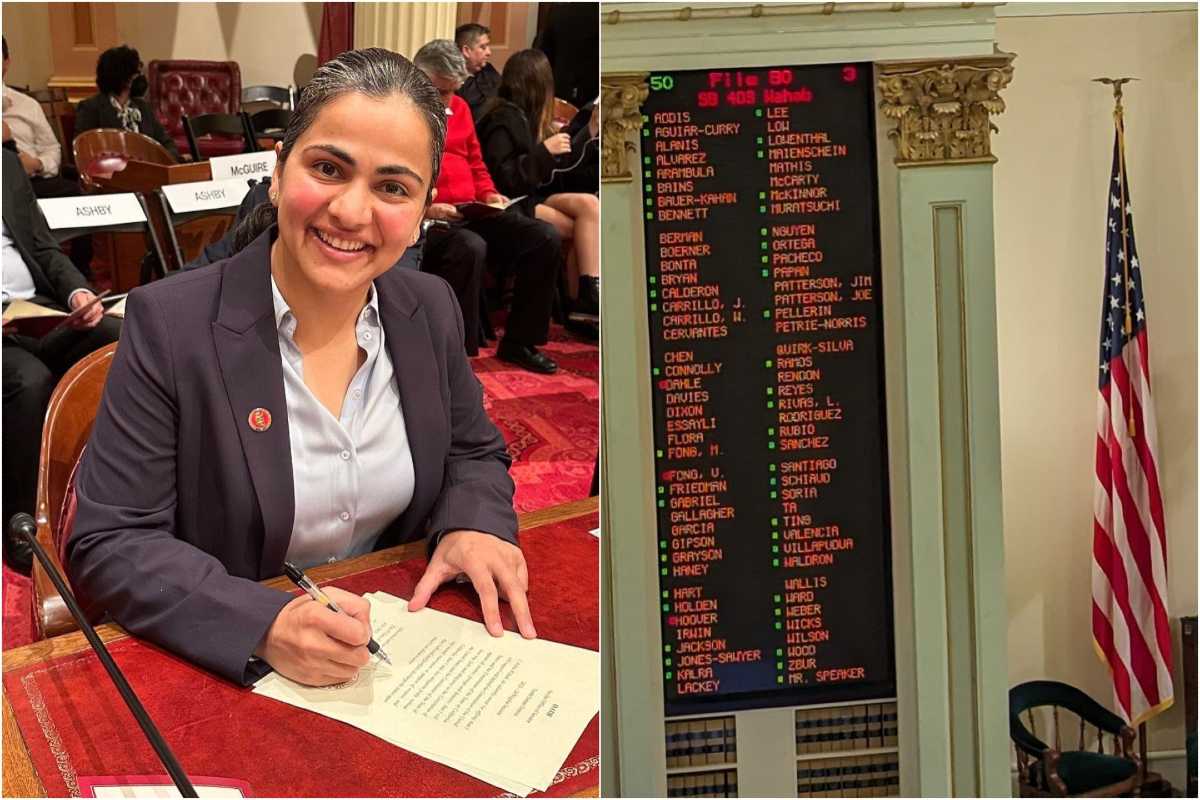In another significant moment for the movement against caste discrimination in the United States, a Bill to make caste discrimination illegal was passed by the California State Assembly on Monday, August 28, with 50 votes in its favour and only three against it. It was earlier passed by the state’s Senate in May this year. With its passage in the state Assembly, California will become the first US state to ban caste discrimination. The legislation will add caste as a protected category under ‘ancestry’ in California’s Unruh Civil Rights Act, Education, and Housing codes.



What does caste mean?
Caste is associated primarily with cultures of the Indian sub-continent. According to those who practise and promote it, Caste is determined by birth and cannot be changed. Each Caste continues in a state of social paralysis, antagonistic and hostile towards the others’ interests, with inter-marriage discouraged if not prohibited. Whereas, in a class-based system there is the possibility of vertical mobility, this is denied in a Caste-based system.
There are four caste categories, each ranked differently in terms of social honour. Brahmin men are on the very top of the caste pyramid as they authored religious texts on caste and put themselves on top, and their only claim to superiority and excuse for the many cruelties they’ve created & imposed on everyone else is based on the caste system that they created. Dalits & Adivasis are at the very bottom, and are at the receiving end of every violence and indignity that the oppressor castes come up with.
Yet caste discrimination is not limited to South Asian countries. As Indians have migrated outside India to study, work, and stay, they’ve carried the ideology and practice of the caste system with them.
The notion that the Dalit community is by nature ‘impure’ and therefore inherently bound to servitude continues to create social divisions across South Asia. Although Dalits are the most severely affected group, caste-based discrimination ouside India is pervasive, affecting all communities among the South Asian diaspora because of the entrenchment of caste as a social paradigm.
Discrimination based on one’s caste holds similarities to discrimination based on one’s ethnic background or race; members of one group hold prejudice and exercise discrimination towards the group that they deem to be inferior. However, it is important to note that while the discrimination experienced can be similar to racism, caste is different from race.
While ‘race’ is a way of classifying people into groups based on physical traits, ‘caste’ is a system of social stratification, where groups are assigned a way of life defined primarily by occupation. Caste is not just a division of labour, it is the division of labourers.
Caste has no distinguishable physical feature and members of the same ‘race’ group may be of several different caste groups. In Britain for example, Dalits have progressed economically and do not follow their traditional occupations of cleaning toilets and skinning dead animals, but they encounter caste-based discrimination in social interactions. Unlike race discrimination, caste discrimination is intra-racial and is practised among those of the same nationality, ethnic origin and/or cultural background.
https://en.m.wikipedia.org/wiki/Caste_system_in_India